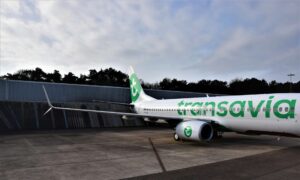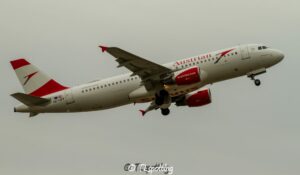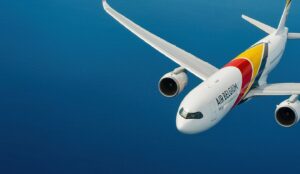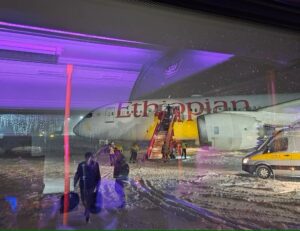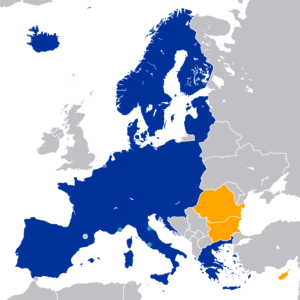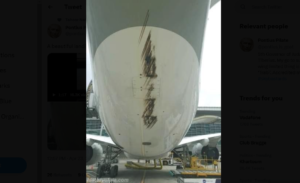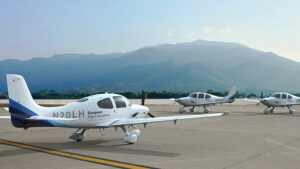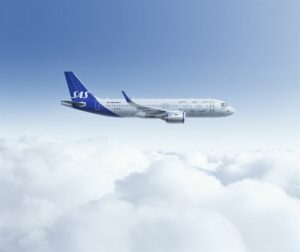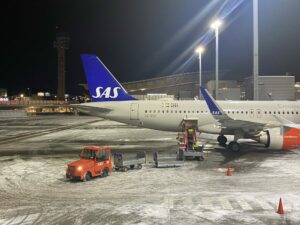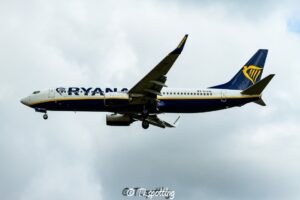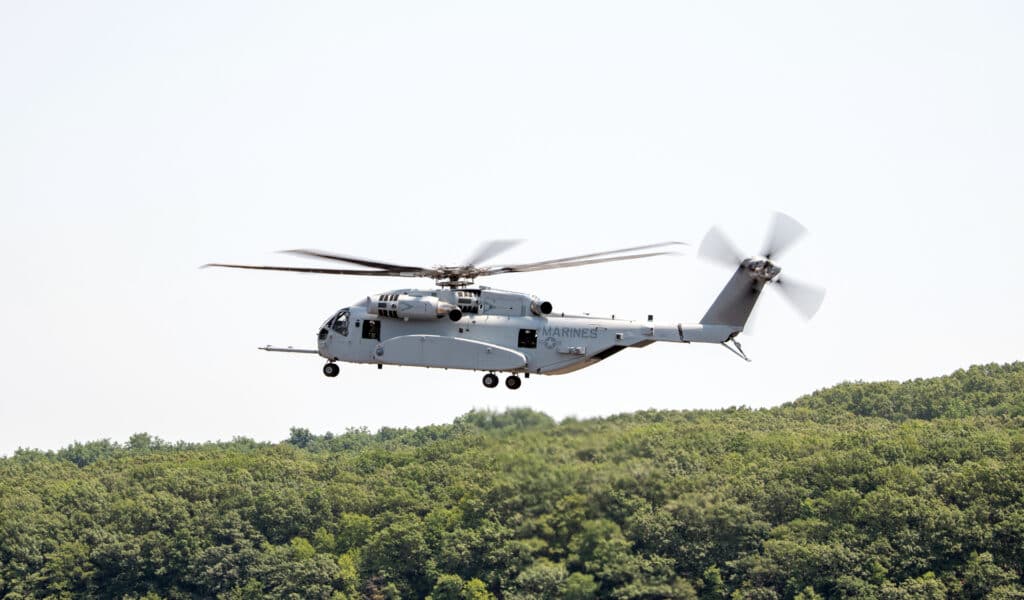
Sikorsky, a Lockheed Martin company, has been awarded a $2.7 billion contract by the U.S. Navy to construct and deliver 35 additional CH-53K helicopters, marking the largest procurement for this versatile aircraft. The deal encompasses 12 aircraft for the U.S. Marine Corps Lot 7, 15 for Lot 8, and eight for Israel. The helicopters are scheduled for delivery starting in 2026. This agreement strengthens Sikorsky’s supply base, enhances production efficiency, and provides the U.S. Marine Corps with advanced 21st-century technology.
The contract also includes eight more CH-53K helicopters for the Israeli Air Force, expanding on the initial production announcement made in 2022 under a U.S. Navy Foreign Military Sales (FMS) agreement. These helicopters will support Israeli special operations and various missions, including troop and cargo transport, search and rescue, and more.
The CH-53K program achieved Full Rate Production status in December 2022, aiming to increase annual production to over 20 helicopters in the near future. Sikorsky is investing in long-lead items and critical materials to facilitate CH-53K production in its digital factory, streamlining the manufacturing process. The CH-53K has demonstrated its capabilities through several milestones, including surpassing 1,000 operational flight hours and completing successful sea trials.
Distinguished by its heavy-lift capabilities surpassing other U.S. Department of Defense rotary wing aircraft, the CH-53K King Stallion remains the sole heavy-lift helicopter in production beyond 2032. It can carry substantial external loads over considerable distances, making it vital for tasks like transporting armoured vehicles, equipment, and personnel to support operations in the Indo-Pacific region. The digitally designed aircraft is adaptable for various roles, including humanitarian aid, firefighting, and search and rescue missions.
- SEO Powered Content & PR Distribution. Get Amplified Today.
- PlatoData.Network Vertical Generative Ai. Empower Yourself. Access Here.
- PlatoAiStream. Web3 Intelligence. Knowledge Amplified. Access Here.
- PlatoESG. Automotive / EVs, Carbon, CleanTech, Energy, Environment, Solar, Waste Management. Access Here.
- PlatoHealth. Biotech and Clinical Trials Intelligence. Access Here.
- ChartPrime. Elevate your Trading Game with ChartPrime. Access Here.
- BlockOffsets. Modernizing Environmental Offset Ownership. Access Here.
- Source: https://www.aviation24.be/manufacturers/sikorsky/sikorsky-wins-u-s-navy-contract-for-35-ch-53k-king-stallion-helicopters/
- :has
- :is
- 000
- 1
- 12
- 15%
- 20
- 2022
- 2026
- 7
- 8
- a
- achieved
- Additional
- advanced
- Agreement
- Aid
- Aiming
- AIR
- Air Force
- aircraft
- also
- and
- Announcement
- annual
- ARE
- At
- awarded
- base
- based
- BE
- been
- Beyond
- Billion
- by
- CAN
- capabilities
- Cargo
- Carolina
- carry
- company
- completing
- Conduct
- considerable
- construct
- contract
- critical
- deal
- December
- Defense
- deliver
- delivery
- demonstrated
- Department
- department of defense
- designed
- digital
- digitally
- efficiency
- encompasses
- Enhances
- equipment
- expanding
- external
- facilitate
- factory
- flight
- For
- Force
- foreign
- full
- future
- heavy
- helicopter
- helicopters
- HOURS
- HTTPS
- Humanitarian
- Humanitarian Aid
- in
- includes
- Including
- Increase
- initial
- investing
- Israel
- Israeli
- IT
- items
- ITS
- jpg
- King
- largest
- like
- loads
- Lockheed Martin
- Lot
- made
- Making
- manufacturing
- Marine
- marking
- Martin
- materials
- max-width
- Milestones
- Military
- missions
- more
- Near
- New
- North
- north carolina
- of
- on
- operational
- Operations
- Other
- over
- Personnel
- photo
- plato
- Plato Data Intelligence
- PlatoData
- process
- procurement
- Production
- Program
- provides
- Rate
- region
- remains
- rescue
- River
- roles
- s
- sales
- scheduled
- SEA
- Search
- several
- special
- Starting
- station
- Status
- streamlining
- Strengthens
- substantial
- successful
- supply
- support
- tasks
- Technology
- test
- The
- These
- this
- Through
- to
- transport
- transporting
- trials
- u.s.
- U.S. Department of Defense
- U.S. Navy
- under
- various
- Vehicles
- versatile
- vital
- will
- Wing
- Wins
- with
- zephyrnet


